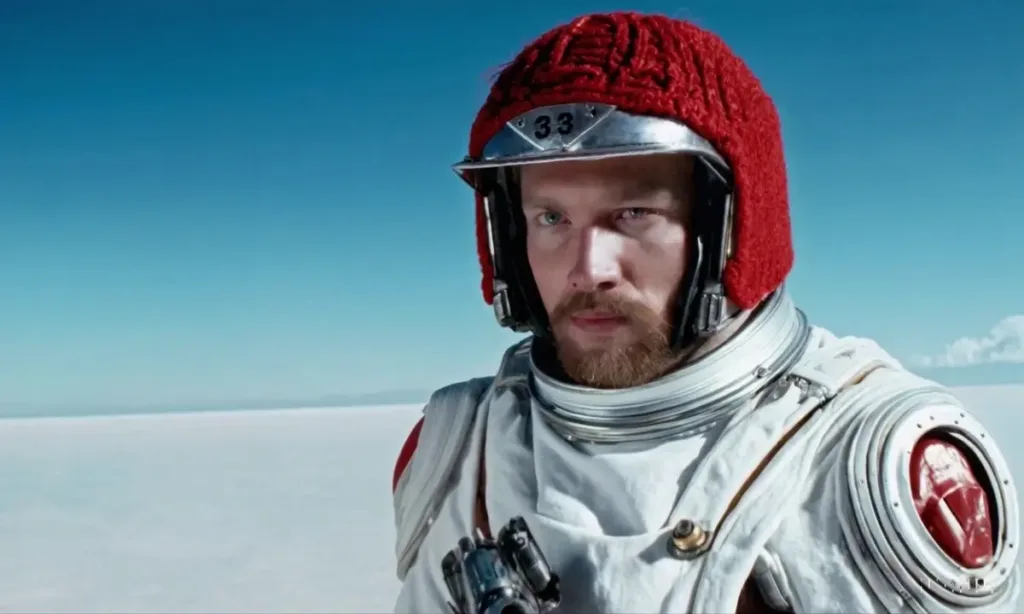On Thursday, OpenAI unveiled a text-based movie-making tool named Sora.
The recently released Sora (Japanese for “sky”) model can produce lifelike one-minute videos according to the user’s chosen genre and subject matter. A business blog article claims that the model can either add content to an already-existing movie or turn a still image into a movie.
The piece continues by stating, “With the aim of training models that help people solve problems that require real-world interaction, we’re teaching AI to understand and simulate the physical world in motion.”
The film’s first teaser described the film’s goals as “a cinematic style, shot on 35mm film, vivid colors, and the adventures of the 30-year-old space man wearing a red wool knit motorcycle helmet, blue sky, salt desert, and so on.”
The company claims that Sora is available for use by specific scholars and filmmakers. In order to get over OpenAI’s ban on “extreme violence, sexual content, hateful imagery, celebrity likeness, or the intellectual property of others,” the experts would “red team” the product, according to the company’s official blog post.
Read More
Access is restricted to academics, graphic artists, and filmmakers. Sam Altman, CEO of Sora, tweeted user requests after the debut. Videos featuring artificial intelligence are watermarked.
The company launched ChatGPT, a generative AI chatbot, in November 2022, and Dall-E, a still image generator, in 2021. Both products quickly reached 100 million users. While these models can only provide brief clips that frequently don’t relate to their cues, other artificial intelligence companies have produced tools for filmmakers.
The tools for generative video are still unavailable, notwithstanding the announcements made by Google and Meta. In an attempt to aid users in remembering more talks, ChatGPT said on Wednesday that it was testing a sophisticated memory augmentation approach.
The New York Times could only access the recordings in the corpus that OpenAI has licensed and made publicly available. We don’t know how many videos Sora views or where they originate from. The company routinely faces copyright violations when it trains its generative AI. These systems replicate text and images from databases and analyze enormous amounts of web data.
Share this content:

